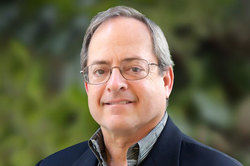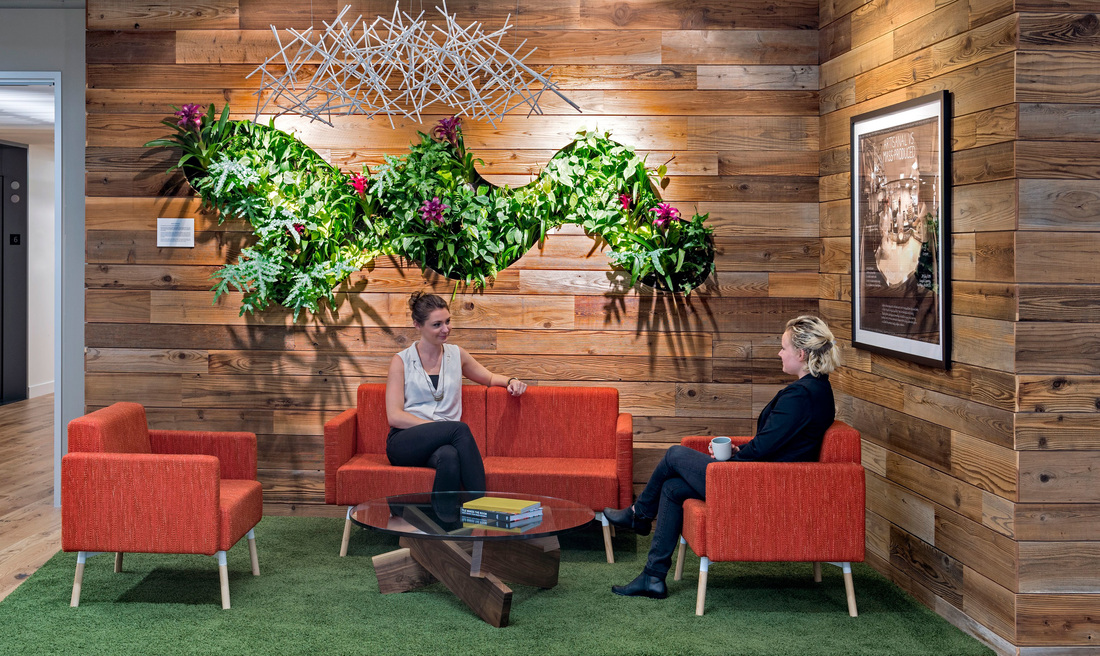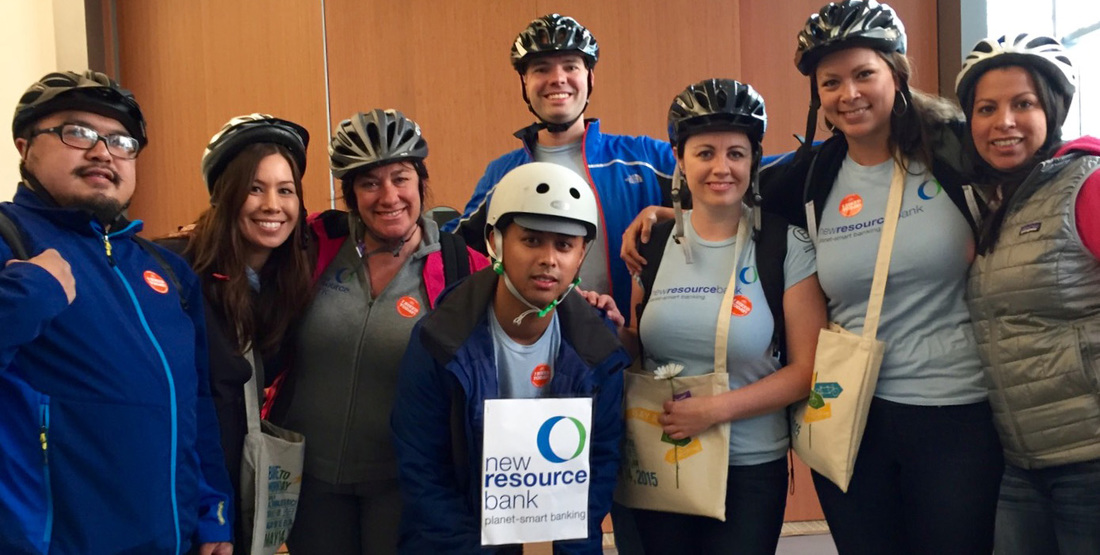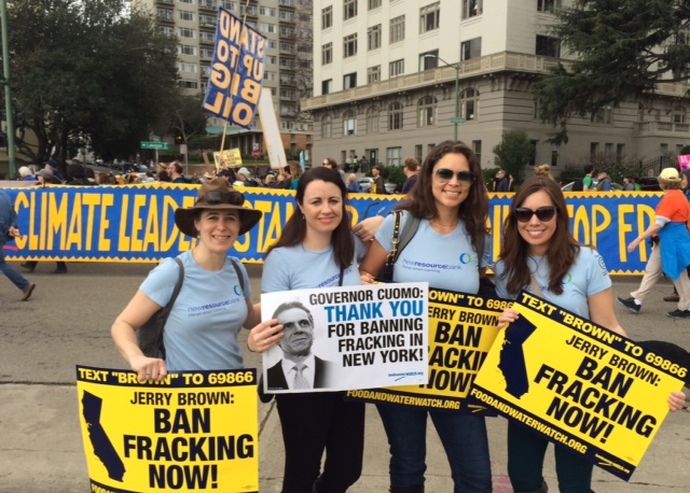NEW RESOURCE BANK
REGENERATIVE QUALITIES OF NEW RESOURCE BANK
Views Wealth Holistically / In Right Relationship / Robust Circulatory Flow
Views Wealth Holistically / In Right Relationship / Robust Circulatory Flow
The living wall behind one of the New Resource Bank's seating areas. The wall is constructed of recycled wood and all furniture is Greenguard certified and contains no flame retardants. The offices are LEED Gold certified.
|
A New Strategy for Investing in Mission Under Vince’s leadership the bank and the board set about creating a formal strategy to align its lending strategy with its green banking mission. Five general categories were targeted: Clean energy, including renewables and energy efficiency; green real estate; nonprofits with social and environmental impact charters; natural and organic products, as well as a more general catch-all category for sustainable companies. But often, beyond the above broadly targeted groups, more art than science was (and continues to be) applied to the client vetting process. “Most of the time ‘you know it when you see it’” says Vince, “But it is not only when the client is making something green or more efficient. It can be a drycleaner or a restaurant or a consulting firm that is operating from a heartfelt sustainable orientation. So we look at how they treat their employees, what do they do for the community, how do they source, what is their carbon footprint? If all those things are important to them and it is evident in the culture they build, that will be a mission fit for us.” On the other hand, Vince notes, a company that produces a “green” product is not automatically a 100-percent mission-aligned one. “For example a company that runs around doing energy retrofits for large buildings or making organic cheese doesn’t necessarily have green in its DNA; it could just be a business for them.” Still New Resource might consider doing business with them. “We would bank them with the encouragement that they move on to internalizing sustainability into their DNA,” Stephanie says. “We don’t just want to preach to the choir and bank everyone like us, but also move our customers along that spectrum of sustainability.”Principles of Exclusion
The bank has recently adopted the following broad principles that guide its lending decisions: 1) We will not lend to businesses or organizations that incite hatred or promote exclusion. 2) We will not lend to businesses or organizations that support or promote harm to others. 3) We will not lend to businesses or organizations that are not considerate and respectful of their impact on their environment, the community they serve, and their stakeholders. The bank probably would not lend to an oil or gas company if the purpose of the loan were to facilitate or expand ongoing operations. However, Bill Peterson, New Resource’s chief credit officer reports the bank might consider financing the development of alternative fuels for that company. “We run into these kinds of dilemmas from time to time,” he elaborates. “Do we support incremental change from within an industry/company that has previously been harmful or indifferent to the planet and/or communities? How do we advocate/impact change if we can’t help them? As a bank, we have decided that it is important to help drive sustainability to both early ‘learners’ as well as to sustainability ‘champions.’ We want to continue to help many different kinds of companies become thoughtful about their economic, social, and environmental impacts.” |
Team building around holistic values is a New Resource Bank priority. Above, employees celebrating bike-to-work day in May.
|
The B Lab Quick Impact Assessment
Vince says that while bank lending officers have become highly skilled at the initial customer vetting process and provide uniquely helpful business advice to young companies, they are often less comfortable playing the role of sustainability advisors to their customers. They are, however, able to help determine where opportunities to improve corporate sustainability exist and direct their customers to resources. A new client survey is giving those lenders better tools to engage in conversations around sustainability practices with their clients. Beginning in 2016, the bank began transitioning from an in-house-designed “sustainability assessment” customer survey to B Lab’s “Quick Impact Assessment.” “We did this for a couple of reasons,” Stephanie explains. “First, we feel it is beneficial for us to move toward more standardization in the field of impact measurement versus everyone using separate measurement systems.” The B Lab survey allows clients who are already Certified B Corps or already using the B Lab as a self-assessment tool to transfer that assessment data to the bank rather than fill out a new survey. The tool also offers alternative questions tailored to a company’s size and sector and allows the company surveyed to see how it has scored on each question—whether above, average, or below average. Most importantly, it provides a dropdown menu with suggested best practices and exemplary case studies when a customer is scoring at a low level in a particular area, or wants to improve its score. The company then has an opportunity to set goals for the year ahead. About 30 New Resource customers have completed the survey thus far, and it is being rolled out to all new and existing borrowers over the coming year. “We hope to have a conversation with our clients once they take the survey to review the areas in which they are doing well and where they need improvement,” Stephanie reports. “We can then talk about how we can support them in setting targets or introduce them to resources to help in reaching them.” The Impact Assessment will not only help New Resource measure the sustainability of its clients, but also the bank’s overall impact.Employees representing the bank at a Climate Leadership march in Oakland take a stand against fracking.
“We want to be able to know that we are fulfilling our mission and to measure our impact.” New Resource Bank defined four areas over the past year that it believes are its primary impacts: environmental protection, health and wellness, education and community empowerment and sustainable commerce. Stephanie notes, “Through our new assessment, we would like to quantify our impact; for example, what percent of our customers work in underserved areas, or how much greenhouse gas are we avoiding by financing the clean energy clients that we do.”
The Road to Mission-Aligned Banking Vince names three fundamental prerequisites for banking success, based on his experience helping to steer New Resource onto a truly mission-aligned course. First, the mission must be embraced in an authentic way by leadership and ownership. Second, the bank’s mission must be embedded into its corporate culture at every level. Third, a clear strategy must be articulated to deploy the mission, with all the banks resources pressed into that service. Finally, he maintains, "New Resource must avoid a narrow focus on financial performance with the goal of selling out at a high multiple to book. Rather, we should continue our goal of cultivating a deeply holistic-value banking practice while articulating to the rest of the world what the new economy of banking can look like.”New Resource has enjoyed 15 consecutive quarters of profitability since it recommitted to its mission. While currently 14 percent of the bank’s legacy loan portfolio is not mission-aligned, every new loan that has been extended since early 2009 has been. Clearly the decision to invest in values-aligned businesses has been a profitable one for New Resource Bank and the communities and clients it serves.
Disclosure: Capital Institute Founder & President John Fullerton is an investor in New Resource Bank. |
Please share your comments on NEW RESOURCES BANK here: |



